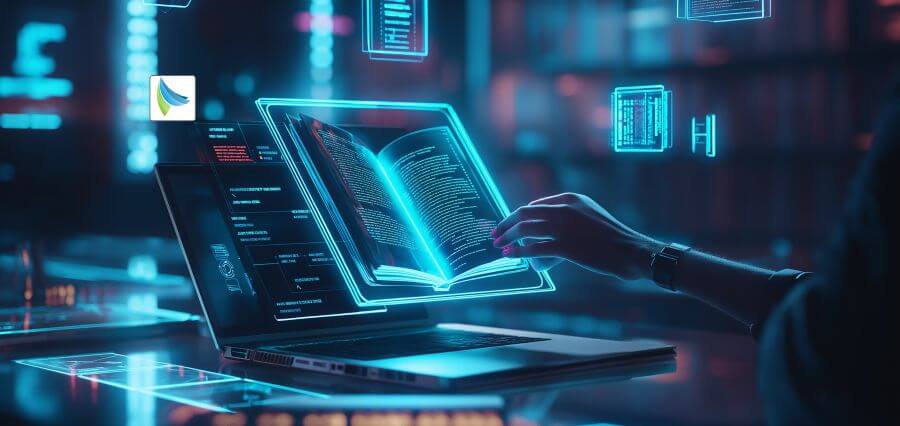In today’s rapidly evolving educational landscape, the need for innovative teaching methods has become more pressing than ever. With the advent of new technologies, shifting societal needs, and the challenges presented by global events, educators are reimagining the way knowledge is imparted and acquired. Pioneering teaching methods go beyond traditional classroom practices to foster critical thinking, creativity, and lifelong learning in students. These new strategies are fostered by leadership educators who resist fixed standards and encourage experimentation, collaboration, and responsiveness. The classroom revolutionaries are re-shaping the classroom as an engaged location where the students are not merely passive consumers but co-producers. By filling the gaps between inter-disciplinary teaching methods, tapping cyber resources, and empowering the students, they are re-defining educational success.
This article highlights some of the most powerful developing pedagogy methods utilized by visionary teachers globally.
Student-Centered Learning and Project-Based Methods
Some of the strongest pillars of contemporary instruction includes shifting from instructor-centered pedagogy to learner-centered learning. This approach tackles learner involvement in the process of learning and is accountable for the learning process side by students. Rather than lecturing, vision-oriented instructors design learning environments through questioning, initiation, discovery, and cooperation. Positioning students at the forefront, instructors design student-centered learning environments in which different learning interests and styles of learning are envisioned and nurtured. This style, besides improving the richness of learning, triggers self-directed learning, autonomy, and increased affinity for the subject.
Project-Based Learning (PBL) is another of the most impactful student-centered learning strategies. Here, the students learn through solving complex, real-world problems over a span of time, connecting knowledge between subjects. For example, one PBL project can be used to allocate responsibility to the students to plan for an eco-friendly city against the laws of science, mathematics, geography, and social studies. This has a lot of scope for creating 21st-century skills like teamwork, communication, problem-solving, and time management.
Technology and Digital Tools Leverage
There is change agent power harnessing technology to revolutionize classrooms, and entrepreneurial teachers are seizing it so that they can fuel teaching methods and learning in new, innovative ways. At the forefront of leading this revolution are interactive whiteboards and tablet PCs, driving the usage of digital tools such as virtual reality and artificial intelligence to make learning more interactive, accessible, and diverse. The technologies enable differentiated instruction so that the instruction can be customized to meet the individual needs and learning rate of students. Adaptive learning systems, for instance, can monitor students’ performance in real time and adjust difficulty automatically, offer personalized feedback and support. Emerging styles of collaboration and communication are also enabled by technology as well as content delivery.
Students and instructors utilize tools such as Google Classroom, Microsoft Teams, and Zoom in order to unite students and students and experts worldwide. Web simulations, virtual classes, and web stories are just a few examples of all the ways that technology is making new horizons available for classical learning. The other computer applications such as coding tools, computer program development tools, and multimedia editing tools enable students to conceptualize, innovate, and realize their ideas in varying capacities.
Focus on Social-Emotional Learning and Inclusivity
The second among the attributes of great innovative pedagogy is the extent to which social-emotional learning (SEL) and inclusivity are given importance in practice. SEL is the cultivation of students’ life and career success skills, including emotional intelligence, self-awareness, empathy, and interpersonal skills. Visionary teachers integrate SEL on a daily basis into teaching methods through activities such as reflective journaling, class discussion, role-playing, and mindfulness. They are carried out in a wholesome and respectful learning environment with enough space to provide space for students to voice themselves and engage respectfully with one another.
Inclusivity is also on the cutting edge of new pedagogy. Teachers are gradually gravitating toward culturally responsive pedagogy, which is responsive to diversities in their students’ histories, experiences, and identities. They organize curriculum from multiple visions and employ instruction materials that are representative of multiple histories, abilities, and cultures. All students with all learning needs and backgrounds have equal opportunities for learning in inclusive classrooms through universal design for learning (UDL), differentiated instruction, and the utilization of assistive technologies.
Conclusion
The job accomplished by innovation leader teachers who welcome new pedagogies is constructing the future of education. By their dismissal of product-based learning, they are realizing the potential of technology and producing cultural and emotional inclusion. They are preparing students for knowledge to participate in the networked, global world. In addition to teaching methods subject matter, these instructors also teach persistence, curiosity, empathy, and love of learning. In response to changing learning needs, so will they. The vision, flexibility, and dedication of the trailblazers inspire others willing to re-engineer their classrooms. Their innovation is a model of what is possible when teaching is not just a job, but a way of building a better world and of releasing human potential.












